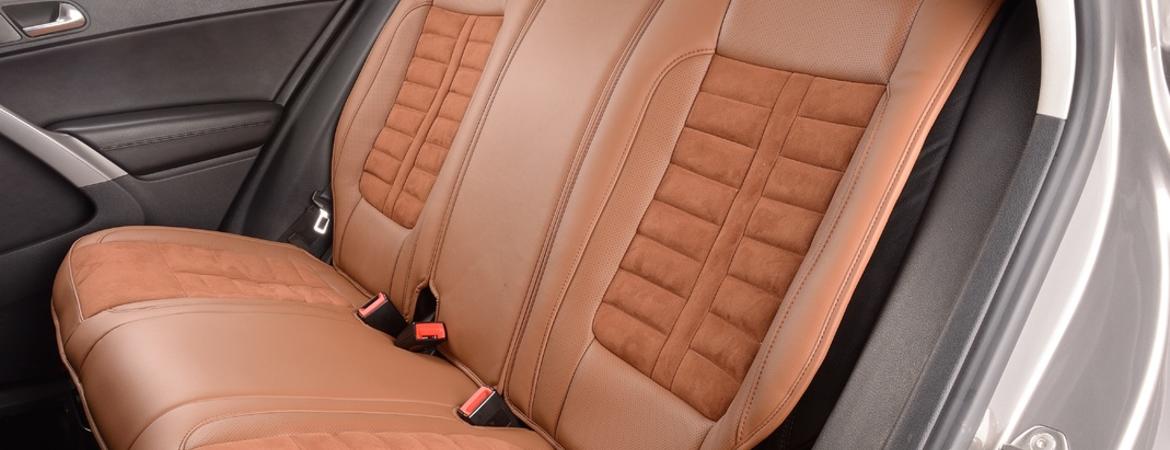Cleaning May Not Protect You From This Cancer-Causing Chemical Inside Your Car
By UNIVERSITY OF CALIFORNIA - RIVERSIDE
An N95 mask might protect commuters from aerosolized TDCIPP, a step commuters might consider since cleaning the car’s dashboard does not appear to help.
It is unlikely that a cancer-causing chemical inside your car can
be dusted or wiped way, according to new UC Riverside research.
This finding has now been published in the journal Environmental Research. It follows on the heels of a
related study showing
the longer your commute, the more you’re exposed to this chemical.
TDCIPP, or chlorinated tris, is a chemical flame retardant widely
used in automobile seat foam. In addition to being on California’s Prop. 65 list
because it is carcinogenic, UCR environmental toxicologist David Volz has found
that TDCIPP prevents zebrafish embryos from developing normally. Other studies
have associated it with infertility in certain women.
Some research suggests that dust removal could lead to lower exposure to chemicals. Volz and his colleagues hoped that was true for car interiors.
COVID-19 mask hanging from rearview mirror could serve double
duty to protect commuters from airborne flame retardants coming from car seats.
Credit: Ivan Radic
The researchers divided nearly 50 study participants, all of them heavy commuters, into four groups they tracked for two weeks. One group did not wipe dust in their cars at all, another wiped the dust both weeks, and two other groups wiped for only one of the two weeks.
All participants were given silicone wristbands to wear
continuously during the two-week testing period. The molecular structure of
silicone makes it ideal for capturing airborne contaminants such as TDCIPP.
“Going into this, our hypothesis was that the no-wipe group would
have the highest concentration, the two-week wipe group would be lower, and the
partial wipe groups would be somewhere in between,” Volz said. “But what we
found was that there was basically no difference between any of the groups.”
Previously, the researchers assumed that commuters’ primary
exposure to TDCIPP is through contaminated dust. One possible explanation for
this study’s result, Volz said, was the possibility that TDCIPP is not coming
from dust that can be cleaned. Instead, it could have moved directly from car
seats into wristbands in gas or aerosol form.
“This result suggests dust may not be the primary route of
exposure,” Volz said. “Dust is definitely something compounds like TDCIPP
attach to, however, we can’t rule out that people are just inhaling airborne
compounds.”
Another possibility is that the flame retardant is coming in
through the air vents from outside, but the researchers do not think this
scenario is likely.
Until there is more data, Volz has a suggestion for concerned
readers.
“Outside of a major policy change that replaces TDCIPP with
something else, it might not hurt to wear a mask in your car,” Volz said. “Just
like wearing a mask mitigates COVID-19 transmission,
so too would aerosol-phase flame retardants be mitigated. N95s are probably
best for this purpose.”
Reference: “Partial dust removal in vehicles does not mitigate
human exposure to organophosphate esters” by Aalekhya Reddam, Nicholas Herkert,
Heather M. Stapleton and David C. Volza, 8 December 2021, Environmental Research.
DOI: 10.1016/j.envres.2021.112525
